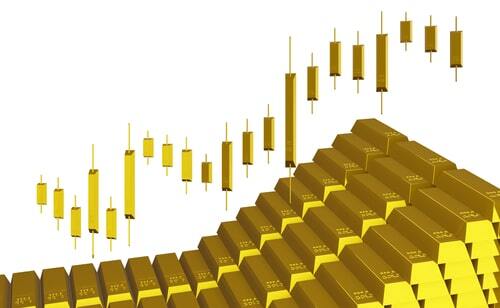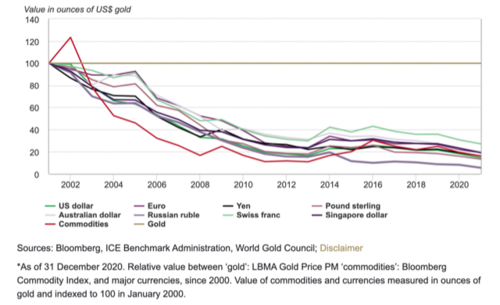

The World Gold Council (WGC) rarely comments on when it is best to buy or sell gold, but its recent report highlighted September as one of the most opportune times to purchase the precious metal.
“September has been one of the strongest months historically for the price of gold, and this could present an opportunity for investors as we head into the fourth quarter of the year,” the WGC said in a report.
Gold has delivered positive returns during the month of September “with a confidence level” of nearly 90%, the WGC said, citing its analysis.
The two main drivers behind this momentum are strong physical demand and increased investment activity.
“[September’s price action ] is likely driven by a combination of two trends: a period of strong demand linked to the Indian wedding season and other festivals in October and early November, and higher global investment activity following typically quieter summer months. As such, investors have often used September as an opportune time to add gold to their portfolios,” the report said.
Specifically for this September, the WGC sees upside for gold, pointing to August’s lack of price action, aside from the flash crash at the beginning of the month.
“Real government bond yields via the US-10-year TIPS yield hit all-time lows in early August, which is normally a positive for gold as its opportunity cost improves. Despite the very strong correlation over recent years, we’ve seen the gold price lag this move at times, which appeared to be the case in August. This was likely a product of a stronger US dollar. We would not be surprised to see an uptick in the price of gold should real rates hold below -1%, particularly as month-end jobs data was weaker,” the report said.
Despite all the volatility, the precious metal wrapped up August down 0.6% on the month and down around 4% on the year.
“Global financial markets were relatively quiet during the month, which is common in August, with most stock markets drifting higher on lighter volumes,” the report said. “The slight fall in the gold price in August was primarily driven by momentum factors, led by ETF outflows and a reversal from the strong July gold return, as well as modestly higher rates. Countering their negative impact was follow-through from interest rate declines in July. Despite the August 9th flash crash, gold ended an otherwise uneventful month resiliently flat.”
One of the most popular questions on investors’ minds has been what caused the flash crash on August 9 when gold dropped 4% to below $1,700 an ounce in just 15 minutes.
The WGC looked into the matter, pointing to low liquidity and technical positioning as the main reasons behind the flash crash.
“This happened during a period where there is generally less liquidity in global markets across all assets. There were some technical components that could have created this quick sell-off. First, technicians highlighted the recent ‘death cross’ where the 50-day moving average fell below the 200-day moving average, which is considered bearish. Second, the quick sell-off likely initiated some stop-loss orders that were probably situated around the US$1,700 level, and this created a snowball effect causing additional selling,” the report noted.
Amidst all of this, institutional investors are eyeing gold this fall, especially with prominent voices such as John Paulson, president and portfolio manager at Paulson & Co, and Mark Mobius, founder of Mobius Capital Partners, highlighting gold as a store of value.
“The principle of gold as a store of value is one of our key messages for investing in gold; we have seen the purchasing power of fiat currencies decrease substantially over recent years, a trend that has continued from the last century,” the WGC said.

Inflation is the reason why gold is on the radar of big institutional players, according to the WGC, which said that higher price pressures are already hurting consumers.
“There are some clear less-talked about examples of inflation. ‘Shrinkflation,’ or the idea that you receive less of something for the same price (a nifty way around price increases) has become more common. So-called ‘hedonic adjustments,’ often in the context of electronics where the price of goods are adjusted down to reflect innovation – such as increased functionality or processing capacity – create a deflationary effect, despite the fact that the total amount spent by consumers may remain the same or potentially increase,” the report said. “While inflation may be transitory in the eyes of central banks, consumers – and investors – may feel differently. This could lead to increased allocations of real assets like real estate, TIPS, and commodities, like gold, which have performed well in higher inflationary environments.”
By Anna Golubova
For Kitco News
Kinesis Money the cheapest place to buy/sell Gold and Silver with Free secure storage
